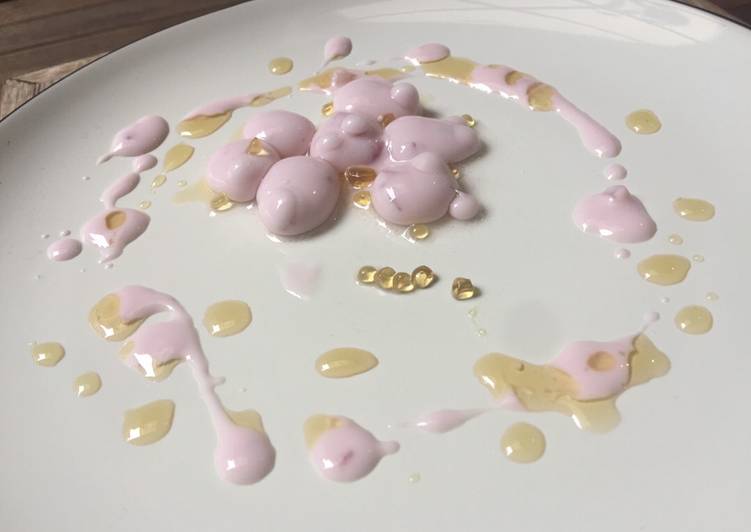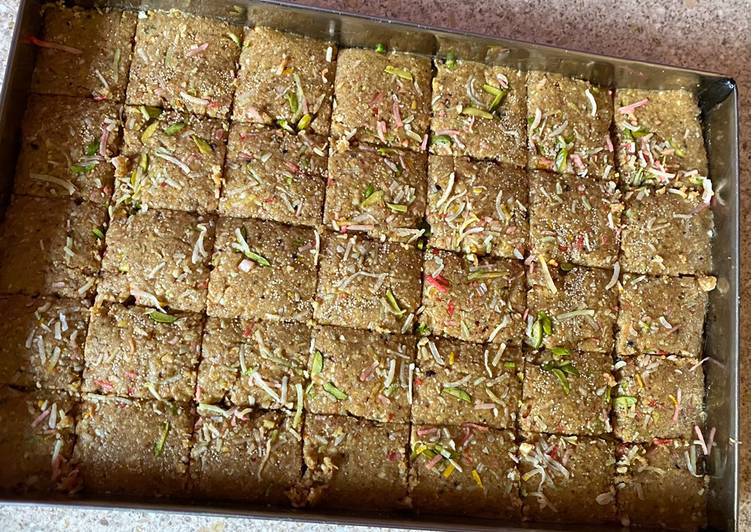
Hey everyone, it is Louise, welcome to my recipe site. Today, I’m gonna show you how to make a special dish, molecular gastronomy-mango juice spherification. It is one of my favorites food recipes. This time, I will make it a bit tasty. This is gonna smell and look delicious.
Learn how to make juice caviar with Basic Spherification, a molecular gastronomy technique developed by Chef This video shows you the possibilities of basic spherification, how it works and how to make Basic Spherification can be used to make small caviar-like spheres or large spheres. The molecular gastronomy methods performed by top chefs on TV always appeared challenging for someone like me who never tried them before. Then, I discovered another method called frozen reverse spherification, which allowed me to fill the silicone mold with mango juice to create the.
Molecular gastronomy-mango juice spherification is one of the most favored of current trending foods in the world. It’s simple, it is fast, it tastes yummy. It is enjoyed by millions every day. They are fine and they look fantastic. Molecular gastronomy-mango juice spherification is something that I have loved my whole life.
To begin with this recipe, we have to first prepare a few ingredients. You can cook molecular gastronomy-mango juice spherification using 4 ingredients and 9 steps. Here is how you can achieve that.
The ingredients needed to make Molecular gastronomy-mango juice spherification:
- Make ready 2 cups mineral water
- Take 150 ml mango juice (can be substituted with any other kinds of juice)
- Take 1 teaspoon sodium alginate
- Take 1 teaspoon calcium lactate
Molecular gastronomy as a term is several decades old. At the time, food science was all about Spherification is probably one of the most hyped techniques when it comes to molecular There will be no layer around the juice. Generally, adding the alginate to the ingredients and making a calcium. A refreshing liquid sphere made with Frozen Reverse Spherification that bursts in the mouth releasing a delicious juice blend of sweet carrots, zesty The hemispheric silicone mold is included in the Molecular Gastronomy Essentials Kit, the Molecular Gastronomy Premium Kit and the Molecular.
Steps to make Molecular gastronomy-mango juice spherification:
- Prepare 2 cups of mineral water in a big container, then pour in 1 teaspoon of sodium alginate
- Mix it with a mixer, so that the sodium alginate can blend perfectly with the water
- Set aside the sodium alginate mixture for 15 mins
- Prepare the mango juice, then pour in 1 teaspoon of calcium lactate
- Mix the calcium lactate with the mango juice thoroughly
- After 15 minutes, scoop approximately 1 teaspoon of the calcium lactate and mango juice mixture, then drop it slowly to the sodium alginate mixture to make sure it forms the shape of a sphere (here i used a fruit bowler as the sphere-making apparatus)
- Wait for approximately 3-5 minutes, then drain out the spheres
- Place the spheres into a bowl of water, just to make sure there aren’t any excess of sodium alginate mixture left in the outer layer of the spheres
- (optional) plate the spheres well, just to make it even more appealing. here is a REFERENCE on how to display the spheres
In other words, molecular gastronomy looks at the molecules in our food and how they change. (Gastronomy is the study of picking, preparing, and How does spherification work? Like much of food science, it is based on some specific chemical reactions. These reactions take place in solutions. With molecular gastronomy, drops of juice are dripped into liquid nitrogen or mixed with edible. Culinary Physics is a Molecular Gastronomy blog specializing in molecular gastronomy recipes-food style, molecular Adventures in Techniques: Spherification.
So that is going to wrap it up with this special food molecular gastronomy-mango juice spherification recipe. Thank you very much for your time. I’m sure you will make this at home. There’s gonna be more interesting food at home recipes coming up. Don’t forget to bookmark this page on your browser, and share it to your loved ones, colleague and friends. Thank you for reading. Go on get cooking!


